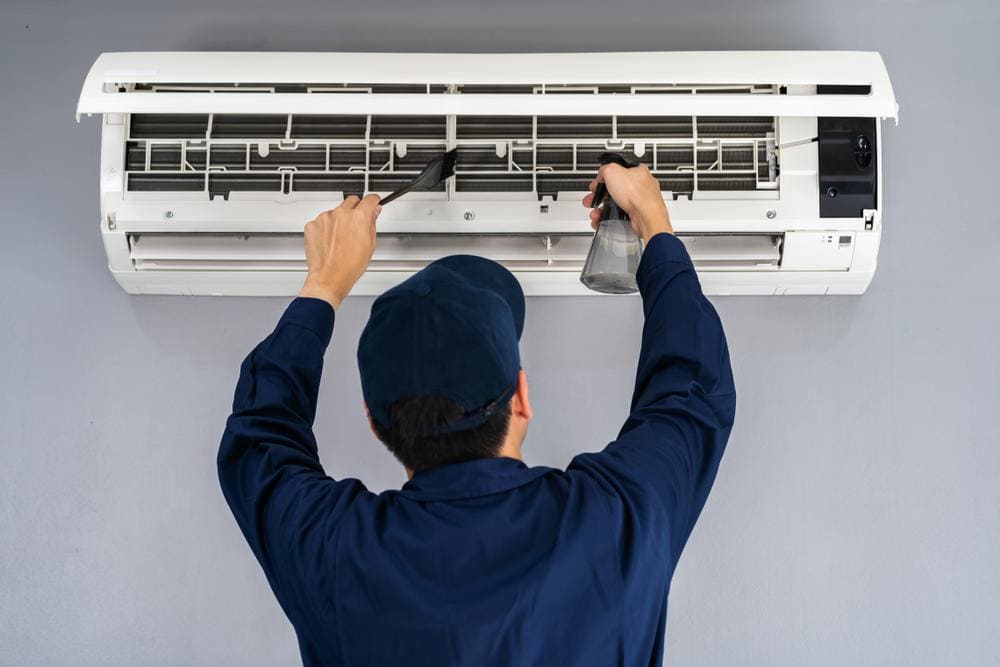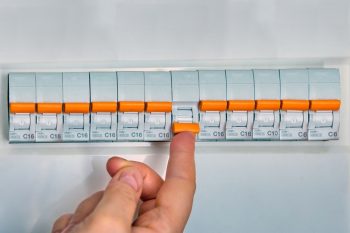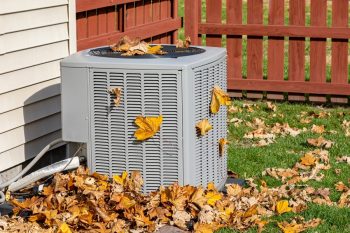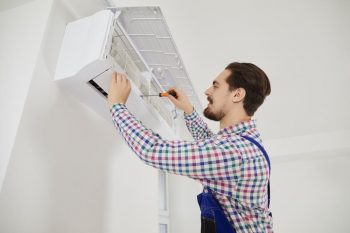
Replacing AC ducts in your attic can seem like a daunting task, especially if you’re unfamiliar with HVAC systems. However, with the right tools and knowledge, it’s a project that can significantly improve your home’s energy efficiency and comfort. This comprehensive guide will walk you through the entire process, highlighting common mistakes to avoid, safety measures to follow, and much more.
Replacing AC ducts in your attic involves assessing the existing ductwork for signs of damage or inefficiency, planning a new duct layout, carefully removing the old ducts, and choosing and installing new ones. Ensure the new ducts are properly sealed, insulated, and supported. Always remember to follow safety measures, local regulations, and consider consulting with HVAC professionals. The cost and time for this project vary, but it can significantly improve your home’s energy efficiency and comfort.
Assessing the Existing Ductwork
Before starting the replacement process, it’s crucial to assess your existing ductwork. Look for signs of damage, inefficiencies, and improper installation. Common signs that your AC ducts may need to be replaced include:
- Old Age: Ductwork typically lasts between 10 and 15 years. If your ducts are older than this, it’s time to consider replacement.
- Strange Noises: Whistling sounds or other unusual noises coming from your HVAC system can indicate debris or damage to your air ducts.
- Increased Utility Bills: If your energy bills are rising, it could be due to leaks, holes, or poorly connected ducts causing energy loss.
- Poor Air Quality: A decline in indoor air quality, such as increased dust or allergens, can be a sign of damaged or dirty ducts.
- Hot and Cold Spots: Uneven heating or cooling in different areas of your home can indicate issues with your ductwork.
If you’re unsure about the condition of your ducts, consider hiring a professional to evaluate them.
Planning the New Duct Layout
Design your new duct system to move air efficiently and minimize heat transfer. Consider installing a radiant barrier or reflective roofing material to reduce attic heat buildup.
Removing Old Ducts
When it comes to removing old ducts, it’s important to proceed carefully. This involves locating the duct connections, unscrewing them, and separating the duct sections. Always remember to clean up any debris left behind in the attic and dispose of the old ducts according to local regulations.
Choosing and Installing the New Ducts
Select appropriate duct materials for your attic, such as flexible ducts or metal ducts. Ensure that the ducts are properly sized for your HVAC system.
When installing the new ducts, ensure they are well-sealed and insulated. Use proper support and fasteners to secure the ducts in place. Once the new ducts are installed, test your HVAC system to ensure it’s working efficiently and providing adequate airflow to all rooms.
Insulating the Ducts
Insulate the ducts to reduce heat transfer and improve energy efficiency. The insulation should match the R-value of the rest of the attic.
Common Mistakes to Avoid
When replacing AC ducts in an attic, there are several common mistakes to avoid:
- Choosing undersized ducts
- Improper support
- Incorrect duct placement
- Using cloth-backed tape to seal joints
- Installing flexible ductwork
- Lack of return vents
- Not involving HVAC professionals
Cost and Time Estimates
On average, replacing ductwork in an attic costs between $2,200 and $5,600. The time required for this project can vary greatly depending on the size and complexity of your HVAC system.
Final Thoughts
Replacing AC ducts in an attic can be a complex and challenging task. However, with the right tools, knowledge, and professional help, it’s a project that can significantly improve your home’s comfort, air quality, and energy efficiency. Remember to always prioritize safety, follow local building codes, and consult with professionals if you’re unsure about any part of the process.
By following this guide, you’ll be well on your way to a more efficient and comfortable home. Good luck with your project!
Frequently Asked Questions
What tools will I need to replace the AC ducts in my attic?
You’ll need a variety of tools, including a screwdriver, utility knife, duct tape or mastic, gloves, safety glasses, and a flashlight. If you’re installing new ducts, you may also need a tape measure, pliers, and tin snips. Always remember to put safety first when using these tools.
How can I tell if my ducts are properly sealed and insulated?
Properly sealed ducts should have no visible gaps or cracks where air can escape. You can check for leaks by running your hand along the ducts while the system is running to feel for air blowing out. Insulation should cover all exposed ductwork, with no rips or tears. An HVAC professional can perform a pressure test to ensure your ducts are properly sealed.
What is the R-value in insulation and why is it important?
The R-value is a measure of how well a material resists the flow of heat. The higher the R-value, the better the insulation performance. It’s important because it can significantly impact the energy efficiency of your home. When insulating your ducts, you should aim for an R-value that matches the rest of your attic.
Can I replace the AC ducts in my attic myself, or should I hire a professional?
While it’s possible to replace AC ducts yourself, it can be a complex and challenging task, especially if you’re not familiar with HVAC systems. Mistakes can lead to reduced efficiency, poor air quality, and even safety hazards. Therefore, it’s generally recommended to hire a professional, especially for larger or more complicated systems.
What type of duct is best for my attic: flexible or metal?
Both flexible and metal ducts have their pros and cons. Flexible ducts are easier to install and can be more cost-effective, but they can also be less durable and more prone to leaks if not installed properly. Metal ducts are more durable and efficient, but they can be more difficult to install and more expensive. The best type of duct for your attic will depend on your specific needs and circumstances.












